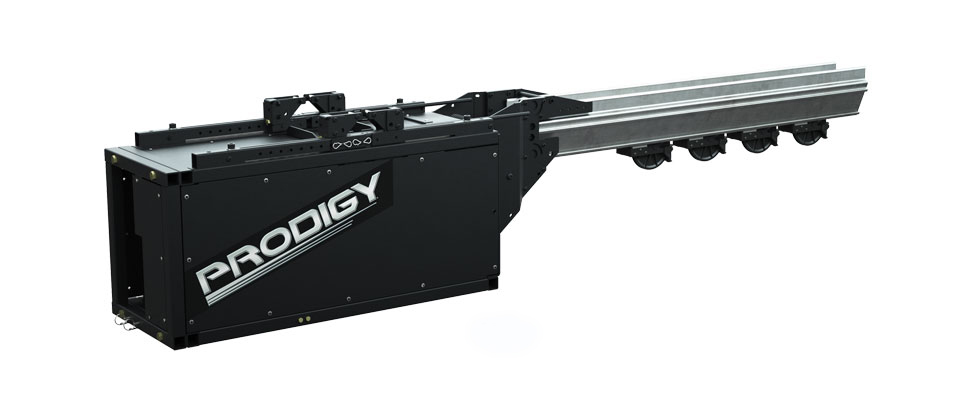Automated meets affordable: ETC introduces Prodigy P2 rigging hoist
Date Posted: 3/27/2017

Small budgets and building challenges often prevent access to automated rigging. ETC’s new Prodigy® P2 rigging hoist changes all of that. A feature-rich yet budget-friendly system, P2 brings the safety, convenience, and flexibility of ETC Rigging to venues where other systems can’t go.
The compact P2 hoist weighs only 280 pounds (powerhead only), but it is capable of lifting loads up to 650 pounds and it comes with an affordable price tag. “Manual counterweight rigging systems have advanced operator requirements. Combined with ETC’s QuickTouch and Foundation control families, P2 is an ideal fit for venues that want to have the simplicity of an automated system, but without a significant increase in cost. That’s where P2 comes in,” says ETC Rigging Product Manager Nils Becker. “We designed it with the key safety features and functionality of our larger Prodigy hoists, but in a format that is more competitive with manual rigging.”
P2 features the eight 3/16-inch lift lines, 50 feet of travel, load cell, and slack-line detection available in other Prodigy-family hoists. It also gives users the option of using ETC’s revolutionary compression tube – which eliminates additional lateral loads on buildings – or using it without the compression tube in more traditional rigging configurations
Additional safety features on P2 include a self-locking worm-gear system as a secondary load arrest device. All the control electronics are integrated into the hoist to monitor the hoist’s movement, positioning, load profiling, travel limits, hard-wired deadman and E-stop circuits.
P2's advanced features and compact size make installation and commissioning a swift process, unlike other rigging systems that require a team of technicians to do a lengthy installation that can lead to extensive on-site costs. “A complete P2 system with six fully-commissioned hoists can be installed in a single day by just two people,” explains Becker. “That’s a crucial element for a busy place, because it translates into cost savings and cuts down on the time a venue would have to be closed. And upgrades or expansions to the system can be done with minimal cost and in a short amount of time.”